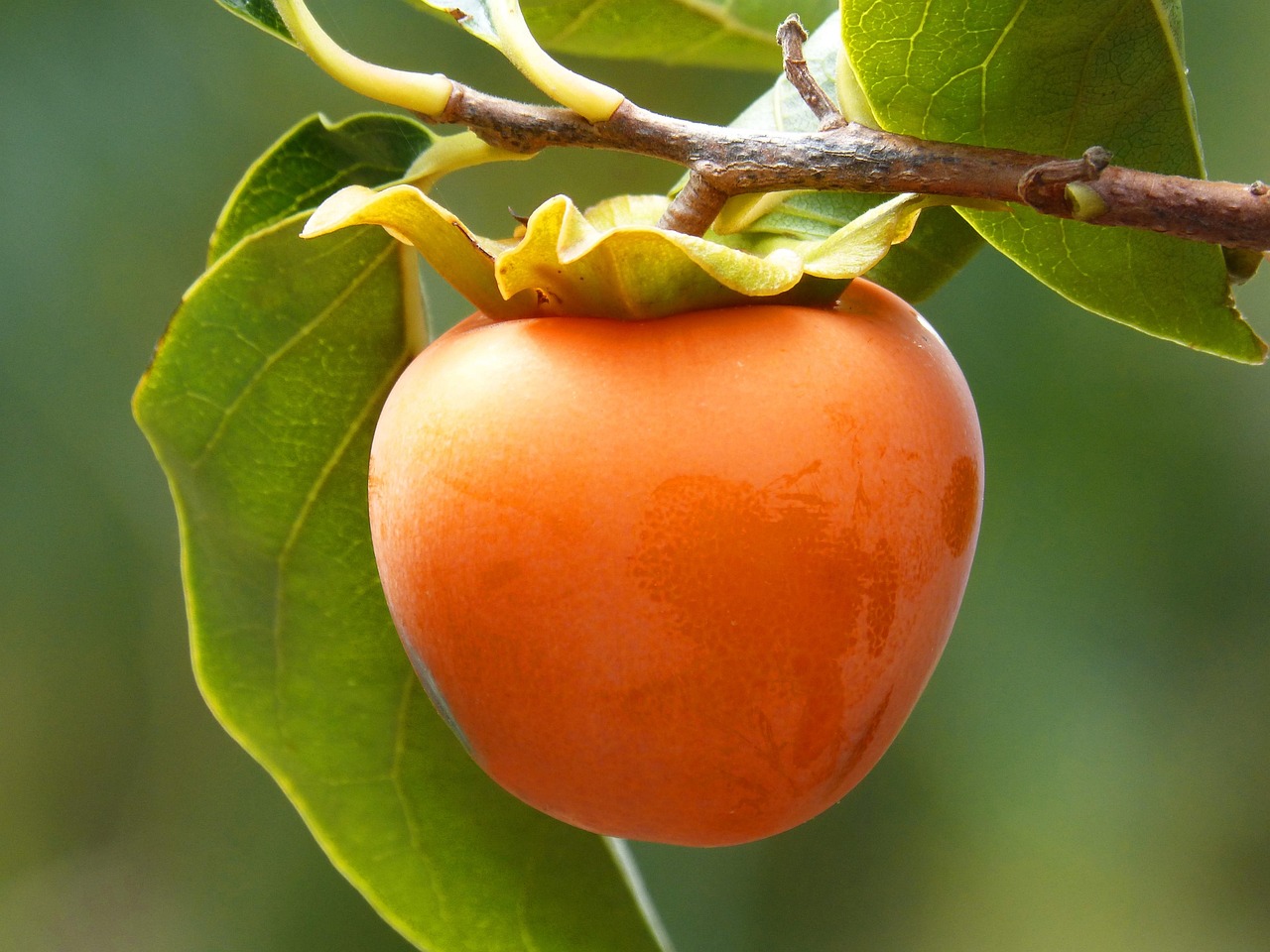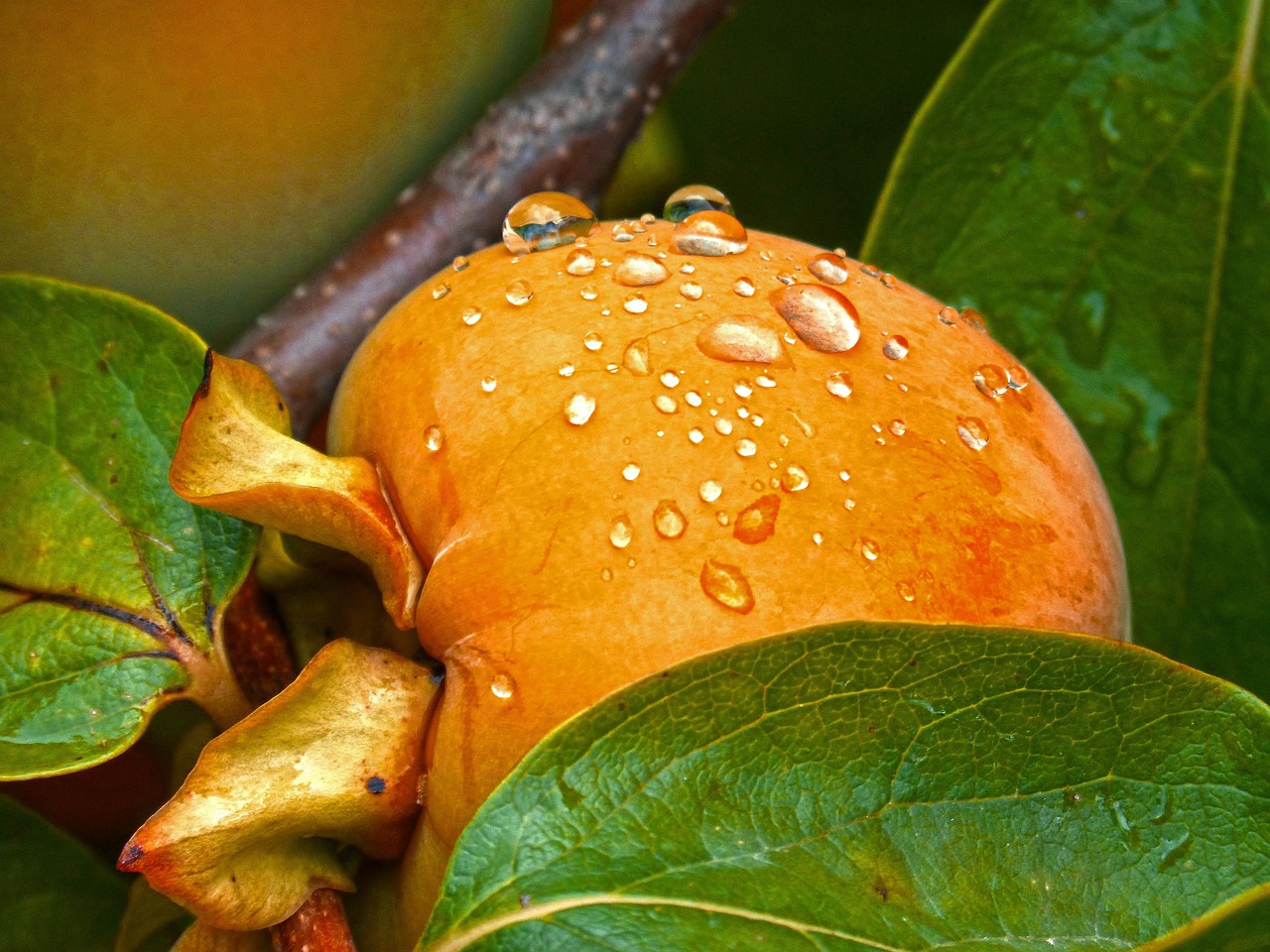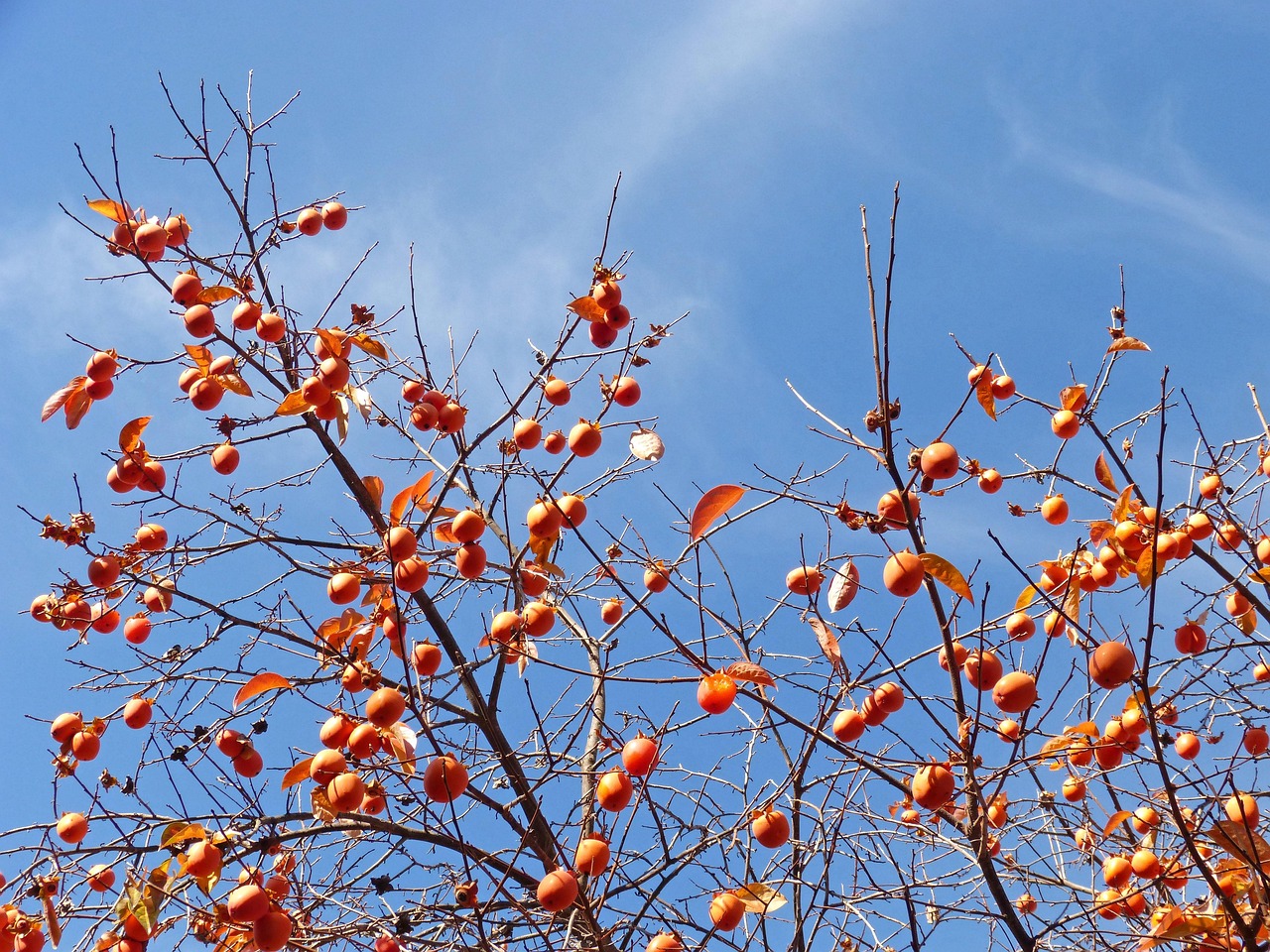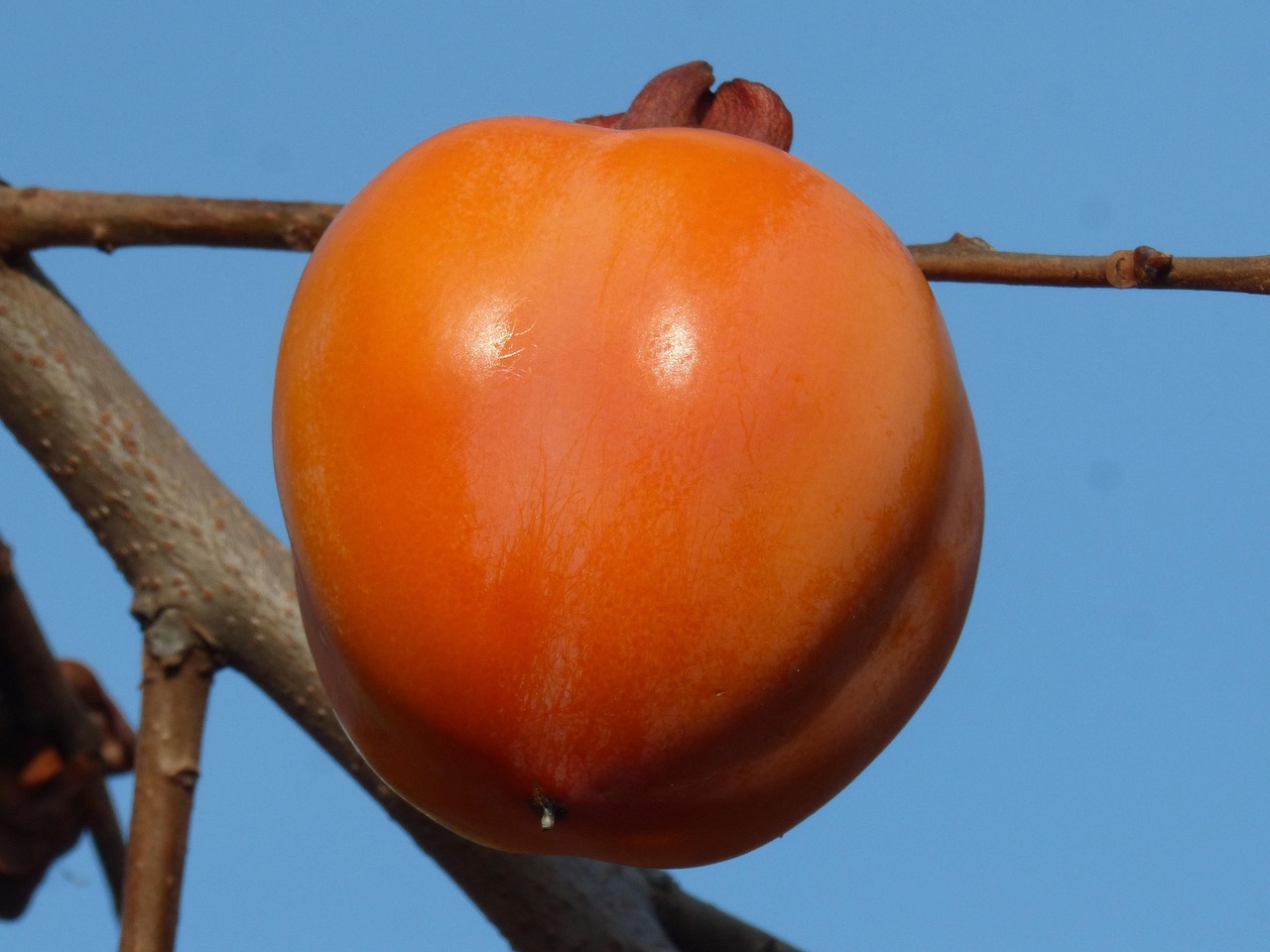The Lignum Vitae tree, known for its dense hardwood, has a slow growth rate, typically ranging from 12 to 24 inches per year under optimal conditions. It thrives in tropical climates and requires well-drained soil and adequate sunlight. Given its slow maturation, it can take several decades to reach full size, making it a long-term investment for timber production.
The Lignum Vitae tree has a moderate growth rate, typically reaching about 1 to 2 feet per year under optimal conditions. It can take several decades to achieve full maturity, making it a long-term investment for those seeking dense hardwood.
Lignum Vitae, known scientifically as Guaiacum spp., is a tree native to the Caribbean and parts of Central America. This species is renowned for its exceptionally dense and durable hardwood. Its unique properties make it highly sought after for various applications, including furniture making, woodworking, and even maritime uses due to its resistance to water and decay. Understanding the growth rate of the Lignum Vitae tree is essential for both sustainable forestry practices and for individuals or businesses interested in cultivating this valuable resource.

The growth rate of Lignum Vitae trees can vary significantly based on several factors. These include soil quality, climate conditions, and care during the growth phase. Generally, Lignum Vitae trees flourish best in well-drained soils that are rich in nutrients. They thrive in warm climates, where temperatures consistently stay above 70°F (21°C). Additionally, adequate rainfall or irrigation helps to support their growth.
Factors Influencing Growth Rate
Several critical factors influence the growth rate of Lignum Vitae trees. Understanding these factors can help growers maximize their yield and ensure healthy tree development.
- Soil Quality: The nutrient composition and drainage ability of the soil play a significant role. Lignum Vitae prefers sandy loam or clay soils that drain well.
- Climate: This tree does best in tropical and subtropical climates. It requires warm temperatures and consistent moisture.
- Water Availability: Adequate water supply is crucial. While Lignum Vitae can tolerate drought conditions, consistent watering fosters better growth.
- Sunlight: Full sun exposure is ideal for Lignum Vitae trees. They require at least six hours of direct sunlight daily to thrive.
- Pest and Disease Management: Protecting trees from pests and diseases is essential for maximizing growth. Regular monitoring can help identify issues early.
The combination of these factors determines how quickly Lignum Vitae trees grow. Proper attention to each element can significantly enhance the overall health and growth rate of the trees.

Growth Phases and Timeline
The growth of Lignum Vitae trees can be broken down into distinct phases, each with its characteristics and timelines. Understanding these phases helps in managing expectations for cultivation.
| Growth Phase | Timeframe | Characteristics |
|---|---|---|
| Seedling Stage | 0-2 years | Initial development of roots and leaves. Requires careful management of water and sunlight. |
| Juvenile Stage | 3-10 years | Significant height increase, typically growing 1-2 feet per year. Begins to develop a thicker trunk. |
| Mature Stage | 10-50 years | Reaches full height. Growth rate slows significantly. Focus shifts to wood density and quality. |
As illustrated in the table, the growth phases of the Lignum Vitae tree highlight a clear progression from seedling to mature stages. Each phase requires different care strategies to optimize growth potential.
In summary, while the Lignum Vitae tree grows at a moderate pace, its long-term benefits are significant. With proper management, this tree can provide durable hardwood that is both functional and aesthetically pleasing for many years to come.

Environmental Requirements for Optimal Growth
The growth rate of Lignum Vitae trees is heavily influenced by their environmental conditions. Understanding these requirements is crucial for anyone interested in cultivating this valuable species. Below are the main environmental factors that affect the growth of Lignum Vitae.
Soil Composition
As previously mentioned, soil quality is a major determinant of Lignum Vitae growth. The right soil composition supports root development and nutrient uptake. Here are key characteristics of ideal soil:
- Drainage: Well-drained soils prevent waterlogging, which can harm the roots.
- Nutrient-Rich: Soils rich in organic matter promote healthy growth.
- pH Level: A slightly acidic to neutral pH (6.0 to 7.0) is ideal for Lignum Vitae.
Climate Conditions
Lignum Vitae thrives in specific climate zones. It prefers tropical and subtropical climates where temperatures are consistently warm. The following factors contribute to an ideal climate for growth:

- Temperature: Optimal growth occurs in temperatures between 70°F and 90°F (21°C to 32°C).
- Humidity: High humidity levels support healthier foliage and overall growth.
- Rainfall: Annual rainfall of 40-60 inches ensures sufficient moisture for the trees.
Light Requirements
Lignum Vitae trees require ample sunlight to grow effectively. They should receive at least six hours of direct sunlight each day. Insufficient light can lead to weak growth and increased susceptibility to diseases.
Pest and Disease Management
Maintaining the health of Lignum Vitae trees also involves managing pests and diseases. Many insects and pathogens can threaten their growth. Here are common pests and diseases associated with Lignum Vitae:
- Pests:
- Wood Borers: These insects can damage the trunk and branches, leading to decline.
- Scale Insects: They suck sap from the leaves, potentially weakening the tree.
- Diseases:
- Fungal Infections: Root rot caused by overwatering or poor drainage can be fatal.
- Leaf Spot: This condition can cause premature leaf drop and reduced vigor.
To manage these threats effectively, regular monitoring is essential. Early detection allows for timely intervention, whether through natural remedies or chemical treatments.
Cultivation Practices
Adopting best practices in cultivation can significantly enhance the growth rate of Lignum Vitae. Below are recommended practices for optimal care:
- Watering: Water regularly but avoid overwatering. Allow soil to dry slightly between watering sessions.
- Fertilization: Use balanced fertilizers during the growing season to provide essential nutrients.
- Pruning: Prune dead or diseased branches to promote healthy growth and improve airflow.
- Mulching: Apply organic mulch around the base to retain moisture and regulate soil temperature.
Implementing these practices will not only ensure healthy growth but can also enhance the quality of the hardwood produced by Lignum Vitae trees.
Economic Importance of Lignum Vitae
The economic value of Lignum Vitae extends beyond its use as dense hardwood. It plays a significant role in various industries, which further emphasizes the importance of understanding its growth rate and cultivation needs.
| Industry | Uses | Benefits |
|---|---|---|
| Furniture Making | High-quality furniture, cabinetry | Durability, aesthetic appeal |
| Maritime Industry | Boat building, marine fittings | Water resistance, long lifespan |
| Mediation and Health | Traditional medicine, herbal remedies | Pain relief properties, anti-inflammatory effects |
This table illustrates the diverse applications of Lignum Vitae across different sectors, highlighting its economic importance. As demand continues to grow, understanding its cultivation will be vital for sustainable production practices.
Sustainable Practices for Lignum Vitae Cultivation
As the demand for Lignum Vitae increases, it is crucial to adopt sustainable cultivation practices. This not only ensures the longevity of the species but also protects the environment and supports local ecosystems. Here are some key sustainable practices to consider when growing Lignum Vitae trees.
Agroforestry Systems
Integrating Lignum Vitae into agroforestry systems can enhance biodiversity and improve soil health. Agroforestry combines agriculture and forestry, allowing for a multi-layered approach to land use. Benefits include:
- Biodiversity: Incorporating various species alongside Lignum Vitae increases resilience against pests and diseases.
- Soil Health: The root systems of multiple plants can improve soil structure and fertility.
- Microclimate Creation: Trees can provide shade and shelter, benefiting understory crops.
Water Conservation Techniques
Water management is critical for the successful growth of Lignum Vitae. Implementing water conservation techniques can help maintain healthy trees while reducing water usage:
- Drip Irrigation: This method delivers water directly to the roots, minimizing evaporation and runoff.
- Rainwater Harvesting: Collecting rainwater for irrigation can reduce reliance on ground water sources.
- Mulching: Applying mulch around the base of trees helps retain soil moisture and suppress weeds.
Harvesting Practices
When it comes to harvesting Lignum Vitae, sustainable practices ensure that the tree population remains healthy and productive. Responsible harvesting techniques include:
- Selective Cutting: Rather than clear-cutting, selective cutting allows for the removal of mature trees while preserving younger ones for future growth.
- Monitoring Growth Rates: Regularly measuring growth rates can help determine the appropriate time for harvesting without overexploiting the resource.
- Replanting: After harvesting, planting new seedlings ensures that future generations of Lignum Vitae continue to thrive.
Certification Programs
Participating in certification programs can enhance sustainability efforts. These programs often promote responsible forestry practices and provide guidelines for environmentally-friendly cultivation. Some notable certifications include:
| Certification | Description | Benefits |
|---|---|---|
| FSC (Forest Stewardship Council) | A global certification ensuring forests are managed sustainably. | Access to premium markets, improved forest health. |
| PES (Payment for Ecosystem Services) | A program incentivizing landowners for maintaining ecosystem services. | Financial support while promoting conservation. |
| Rainforest Alliance | A certification focusing on sustainable farming and forestry practices. | Enhanced brand reputation and customer loyalty. |
Community Involvement and Education
Engaging with local communities is vital for the successful cultivation of Lignum Vitae. Raising awareness about sustainable practices can foster a culture of conservation:
- Workshops and Training: Offering workshops on sustainable forestry practices can empower local farmers and landowners.
- Community Planting Events: Organizing tree planting events can enhance community involvement and increase tree populations.
- Collaboration with NGOs: Partnering with non-governmental organizations can provide resources and expertise in sustainable forestry.
These initiatives not only benefit the environment but also create economic opportunities for communities involved in Lignum Vitae cultivation. By fostering a sense of stewardship, local populations can play a significant role in ensuring the sustainability of this valuable hardwood species.
The Role of Technology in Enhancing Growth
The integration of technology into Lignum Vitae cultivation can significantly optimize growth rates and improve management practices. Here are some technological advancements that can be beneficial:
- Drones: Drones can be used for aerial surveys to assess tree health and identify areas needing attention.
- Sensors: Soil moisture sensors help monitor water levels, ensuring trees receive adequate irrigation without waste.
- Data Analytics: Analyzing growth data can help determine optimal planting patterns and care strategies.
The application of these technologies not only enhances growth rates but also contributes to more efficient resource management, ultimately supporting sustainable practices in Lignum Vitae cultivation.
Future Prospects for Lignum Vitae Cultivation
The future of Lignum Vitae cultivation appears promising, given the increasing awareness of sustainable practices and the growing demand for quality hardwood. As more individuals and businesses recognize the benefits of Lignum Vitae, several trends are likely to shape its future:
- Increased Demand: With a rising interest in sustainable and eco-friendly products, Lignum Vitae is expected to see a boost in demand across various industries such as furniture making, construction, and traditional medicine.
- Research and Development: Ongoing research focused on improving growth rates, disease resistance, and adaptive cultivation techniques will play a crucial role. Collaborations between universities, research institutions, and farmers can foster innovation.
- Market Expansion: As awareness of the unique properties of Lignum Vitae spreads, new markets may emerge, particularly in regions where the tree is not currently cultivated.
These trends indicate a bright future for Lignum Vitae cultivation if managed sustainably. The combination of technology, community involvement, and responsible harvesting practices can ensure that this valuable resource continues to thrive for generations to come.
Challenges Ahead
Despite the positive outlook, several challenges may hinder the growth of Lignum Vitae cultivation. Addressing these challenges is essential for sustainable management:
- Pest and Disease Threats: As climate change progresses, pests and diseases may become more prevalent. Continuous monitoring and adaptive management strategies will be necessary to mitigate these risks.
- Land Use Conflicts: Increased agricultural expansion can lead to conflicts over land use, making it crucial to balance cultivation with conservation efforts.
- Market Fluctuations: Economic changes can affect the demand for hardwood products. Diversifying markets and products can help stabilize income for growers.
By proactively addressing these challenges, stakeholders can ensure the long-term viability of Lignum Vitae trees and the industries that rely on them.
Final Thoughts
Lignum Vitae trees stand as a testament to nature’s resilience and beauty. Their unique attributes make them not only valuable resources but also important components of their ecosystems. Understanding their growth rate and the factors that influence it is crucial for anyone interested in cultivating this remarkable species.
The integration of sustainable practices, community engagement, and technological advancements can enhance the cultivation of Lignum Vitae. As we move forward, it is imperative to prioritize responsible management and environmental stewardship. By doing so, we can ensure that this exceptional hardwood continues to benefit both people and the planet.
In summary, the journey of Lignum Vitae from seedling to mature tree involves careful attention to environmental factors, pest management, and sustainable harvesting practices. With a commitment to innovation and cooperation among all stakeholders involved, the future of Lignum Vitae looks bright. Together, we can cultivate not only trees but also a sustainable legacy for future generations.
